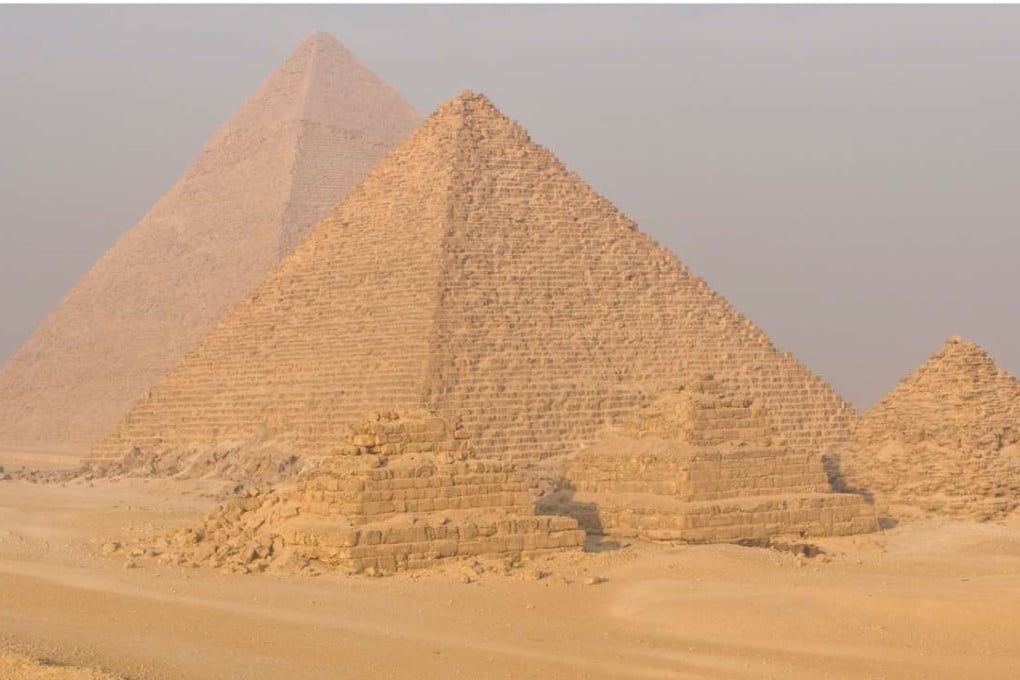Visiting the pyramids? Here’s what you need to know
Getting to the pyramids of Giza is the easy part. Once there, however, aggressive touts and the sight of emaciated animals can cast a shadow on an otherwise fantastic experience

THE GOOD
The problem with many of the world’s must-see sights is that they can be rather difficult to reach. The Rose-Red City of Petra isn’t on the way to anywhere except Saudi Arabia; Machu Picchu, in Peru, and India’s Taj Mahal require a degree of pre-planning; and neither Uluru, in Australia, nor southern Africa’s Victoria Falls could be described as easily accessible.
On the other hand, getting to the pyramids of Giza is as straightforward as hopping on the No 355 bus in downtown Cairo. Or the 357, if that comes along first. (For purposes of comparison, imagine if the only remaining wonder of the ancient world was five MTR stops from Causeway Bay.) Even more conveniently, the bus stop is right next to the Egyptian Museum, so you can brush up on your knowledge of Nile Valley antiquities before heading off for a date with the Sphinx.
The pyramids of Menkaure, Khafre and Khufu occupy a shade-free expanse of desert, so it’s worth hiring a horse or camel to get around. Securing the services of a knowledgeable guide will also pay dividends. A passionate Egyptologist will bring the gargantuan limestone blocks to life and summarise rival theories about how they were transported and then lifted into position. You may even get an update on the infrared satellite surveys that show thousands more pyramids, burial sites and ancient settlements buried beneath the sands.

The ongoing threat of terrorism means foreign holidaymakers are staying away in droves. Turn this to your advantage and benefit from rock-bottom room rates and beefed-up security, and, best of all, you’ll have the site almost to yourself. A state visit earlier this year by President Xi Jinping was seen as an endorsement that Egypt is once again safe and open for business. The resulting spike in Chinese travellers is a rare bright spot for a beleaguered tourism industry.